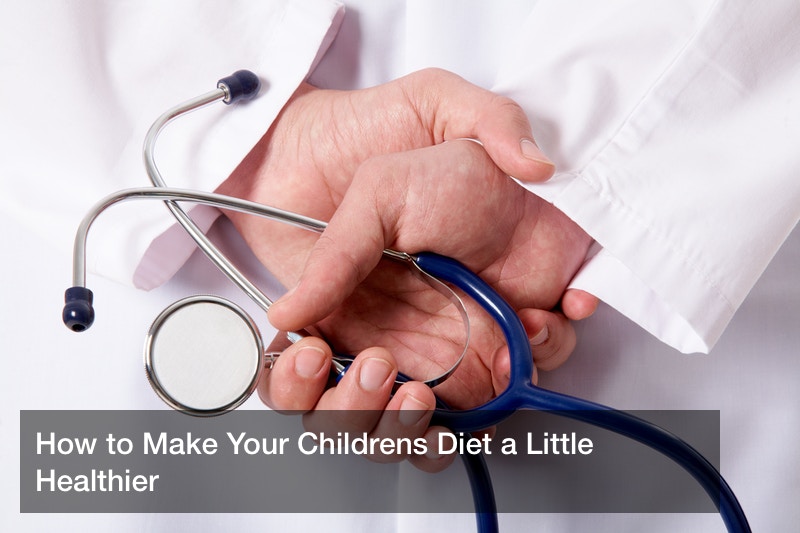
Agriculture makes the world go ’round — quite literally, in fact. One in 12 American jobs is in the field of agriculture, justifying the approximately 81,000 agricultural propane customers; whether you’re caring for crops or animals, your work is keeping people in America — and those all across the world — fed. Unfortunately, our nation’s dependence on harmful chemicals is putting that work, and the people who rely on its success, at risk.
A Toxic Toll
Take Art Schaap, owner of Highland Dairy Cows in Clovis, New Mexico. Though business had been booming just a few years ago, Schaap was recently forced to abandon everything because seven of his 13 wells were contaminated by per- and polyfluoroalkyl substances (PFAS); the dangerous toxins — which are known to cause tumors, immunodeficiencies, and developmental defects — entered the groundwater at nearby Cannon Air Force Base. He’s dumping 15,000 gallons of milk a day, had to let 40 of his employees go, and has plans to kill all 4,000 of his cows.
“This has poisoned everything I’ve worked for and everything I care about,” Schaap said. “I can’t sell the milk. I can’t sell beef. I can’t sell the cows. I can’t sell crops or my property.”
The nature of contamination makes it extremely difficult to control. Though the Department of Defense disclosed 121 installations where groundwater has been impacted by PFAS and is working to contain them, the chemicals are slowly spreading. Already, they’ve been detected in the Ogallala Aquifer — the largest aquifer in the nation, which spans 174,000 miles and parts of eight states. Because PFAS are commonly found in fire-fighting foam, military bases (where they conduct fire-fighting training) are often the source of contamination.
Self-Inflicted Wounds
There are three main types of contaminants that can make food unsafe to eat: biological, chemical, and physical. PFAS fall under the chemical category, but military bases are not the only ones to blame. Cannon AFB may be solely responsible for this massive leak, but agricultural pollution has been occurring since pesticides and fertilizers were first implemented.
The balance is undoubtedly tricky to achieve: farmers risk losing crops due to pests such as rats and insect swarms, so they turn to deadly chemicals to eradicate the intruders. Unfortunately, the sprays, powders, and poisons can turn on us if they enter our water supply — essentially creating a situation similar to Schaap’s. Rats consume an estimated 20% of the world’s food supply anyway, so the risks seem extremely high given the outcome.
Agricultural pollution isn’t the only culprit. One in four U.S. homes use a septic system, and these homeowners must take precautions to ensure their systems don’t impact local water sources.
However, that doesn’t excuse that Air Force Base’s response to the situation.
“I really want to emphasize this: Our focus is drinking water for human consumption — not for agriculture, not for anything else,” Air Force spokesman Mark Kinkade stated. The irony seems to be lost on Kinkade — if crops and livestock become contaminated, the food supply will be crippled. Since clean, safe food is just as important as clean, safe water, any contamination that risks either is inherently negative.



